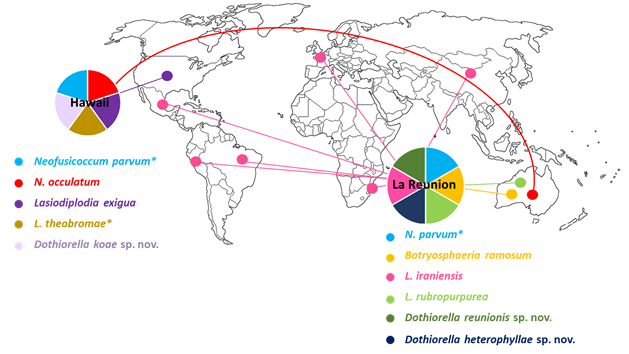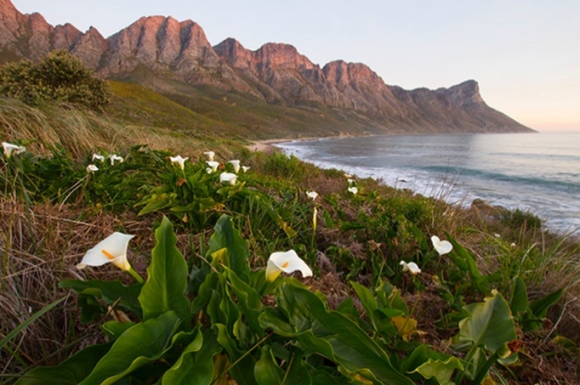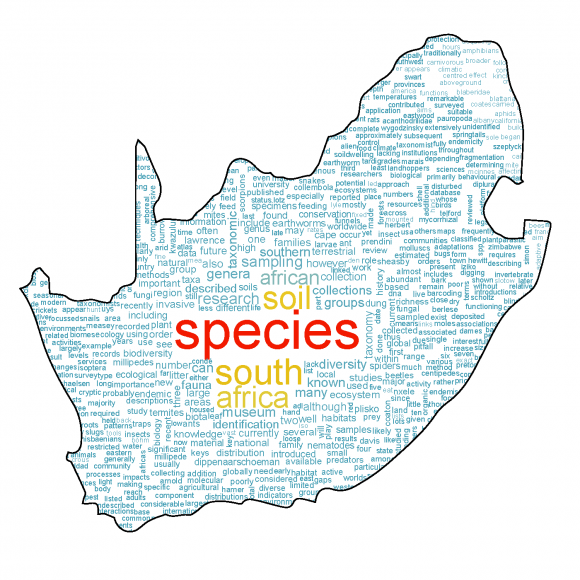29 October 2019 | By Fahimeh Jami
A recent study by Fahimeh Jami, together with C·I·B researchers Jaco Le Roux and Dave Richardson, had a closer look at the geographical and host range of Botryosphaeriaceae, a family of fungi that are common pathogens on woody plants. The study, published in the journal, Fungal Biology, provided the first Botryosphaeriaceae records for both the locations and hosts studied.
Endophytes are groups of fungi that live inside their hosts without any harming, however, some are latent pathogens and can cause severe damage when their hosts are under stressful conditions. The stresses include drought, hail, insect damage or moving to a new habitat. The Botryosphaeriaceae family is one of the most cosmopolitan latent pathogens occurring on woody plants.
The highland tamarind (Acacia heterophylla) and Koa (Acacia koa) are indigenous to La Réunion and Hawaiian Islands, respectively. These trees are most closely related to each other, but they occur over 16,000 km from each other, on these islands. The authors identified 10 Botryosphaeriaceae species from asymptomatic branches of A. koa and A. heterophylla. Four unique species were identified from A. koa and five species from A. heterophylla. Only one species, Neofusicoccum parvum that has a global distribution and wide host range, occurred in association with trees from both islands. Their results expand the geographical and host range of fungal family Botryosphaeriaceae, and provide the first Botryosphaeriaceae records for both the locations and hosts studied.
The Botryosphaeriaceae species are clearly promiscuous and they are not known to be transferred vertically i.e. internally with seed. All evidence suggests that Botryosphaeriaceae species have been moved widely by humans through the global trade in plants and plant products. Most of the species detected in this study have been found elsewhere in the world, therefore, anthropogenic movement of plant materials could have brought most of them to these islands. In addition, the wide host range of Botryosphaeriaceae species together with their adaptability to a wide climatic range, contribute to their ability to establish and spread in new areas after introduction.
“Quarantine is not always feasible”, says Fahimeh Jami, “this study offers caution to the global trade to decrease invasions, and the asymptomatic plant materials do not mean they are healthy and free of the pathogens”.
Read the full paper
For more information, contact Fahimeh Jami at fahimeh.jami@fabi.up.ac.za



